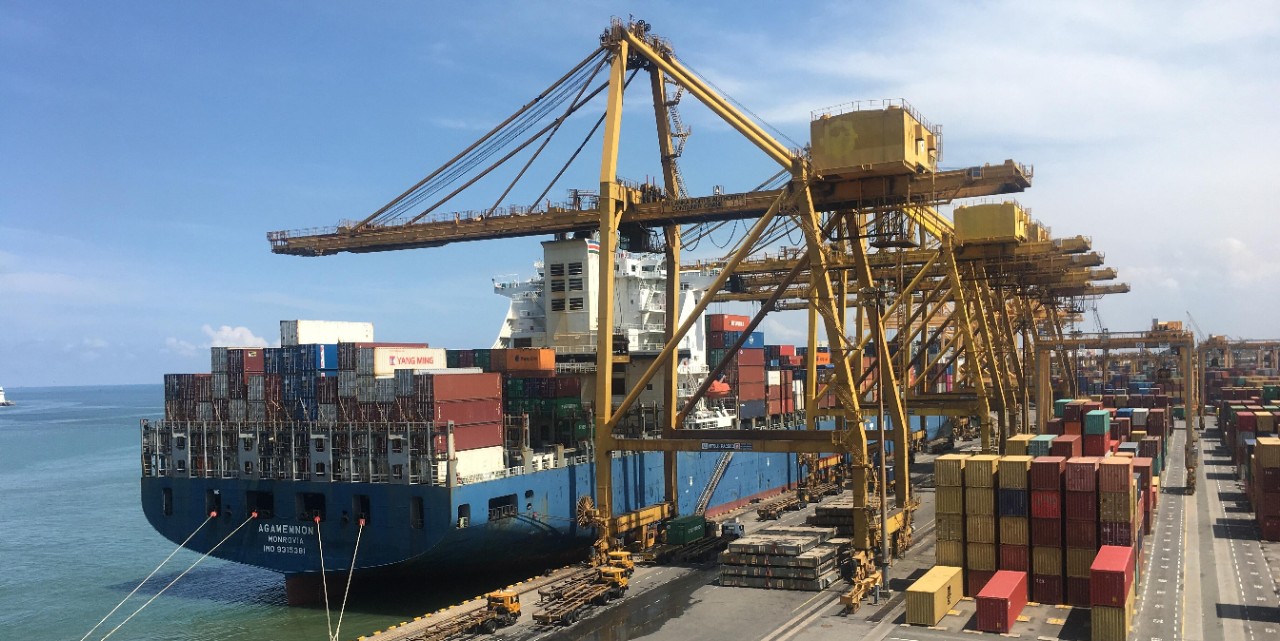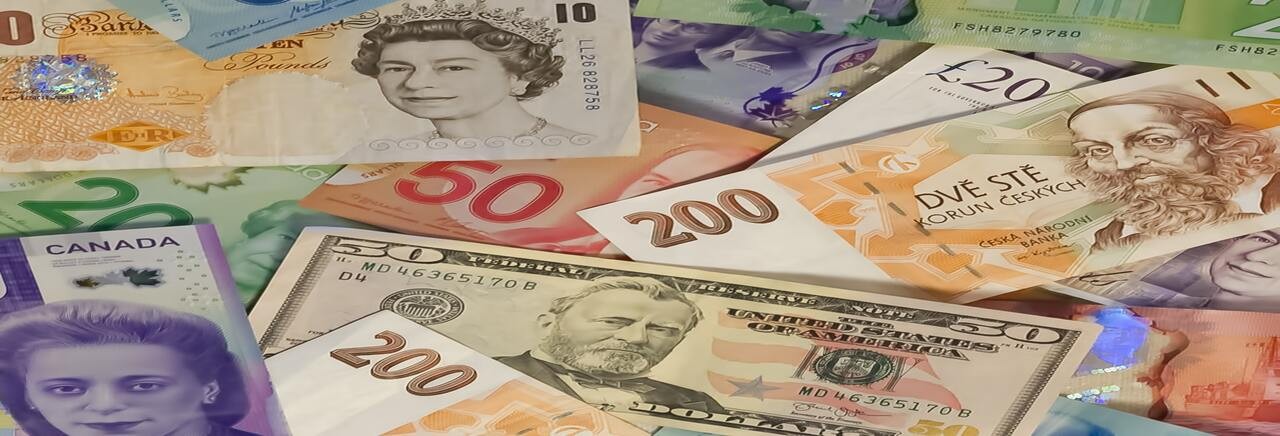Real GDP grew +0.9% q/q in Q3, the first positive figure since Q4 2017. It had contracted -0.7% q/q in Q2. In y/y terms, GDP growth continued to shrink by -1.1% in Q3. Private consumption recovered (+0.3% q/q) and exports (+2% q/q) outpaced imports (+1.3% q/q). But Argentina is far from being out of the woods. Monetary and financial conditions deteriorated further in Q4; this is visible in the estimated real growth of credit to non-financial corporations, which contracted -24% y/y in October. Industrial production was also down -2.3% y/y that month, and car sales down -30.8%. Inflation is back above 50%, reaching 51.4% y/y in November and unemployment stood at 10.6% in Q3. The new government announced first economic measures: increasing dollar revenue by increasing export duties and taxing the purchase of foreign currency, boosting social spending and granting the government to renegotiate debt, modify tax rates and control prices of politically-sensitive items. While some measures are positive for public finances, export duties could be rendered less effective by the potentially negative impact of the recent drought. Moreover, nothing has been announced to tame inflation and investors will scrutinize any further announcement on the fiscal trajectory and monetary policy.

Argentina: Q3 GDP and first economic measures
December 19 2019
Authors
Georges Dib
Georges.DIB@eulerhermes.com















